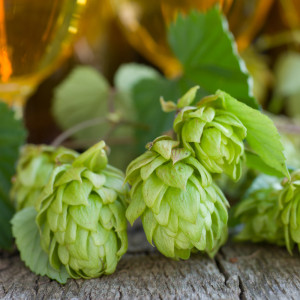Plant Nutrition
 Plants require the correct combination of nutrients
Plants require the correct combination of nutrients
In order for plants to grow, produce, reproduce, and live healthy, they require the correct combination of nutrients. Not enough of one or more of the required nutrients the plant will show signs of distress succumb to disease and or pests and even die. Too much of a nutrient can create problems also. It is important to understand your plants needs and the environment it lives in to obtain a vital nutrient healthy plant that produces optimal results.
The three categories of plant nutrients, macro, secondary, and micronutrients
There are three categories of plant nutrients, macro, secondary, and micronutrients. Macronutrients are elements that are needed in larger amounts compared to the other elements they include nitrogen, potassium, and phosphorus. Secondary nutrients are calcium, magnesium, and sulfur. Micronutrients are elements that plants require in smaller or trace amounts they are boron, chlorine, cobalt, copper, iron, manganese, molybdenum, and zinc.
Three other essential nutrients for plant growth and development
Three other essential nutrients for plant growth and development are carbon, hydrogen, and oxygen; the plant obtains these from the air and water. The plant takes in the other nutrients via the soil or media it is rooted in and through its leaves via a foliar application, the latter being a human intervention and not a natural event in most situations. It is also important to note that a plant will grow with just NPK it will not be a plant however, that provides optimal fruits, flowers, fragrances, oils, or nutrition.





